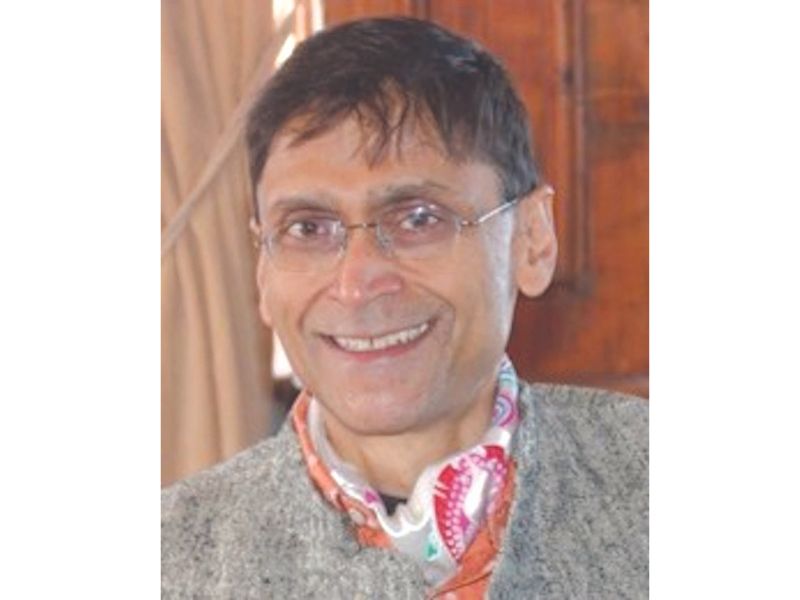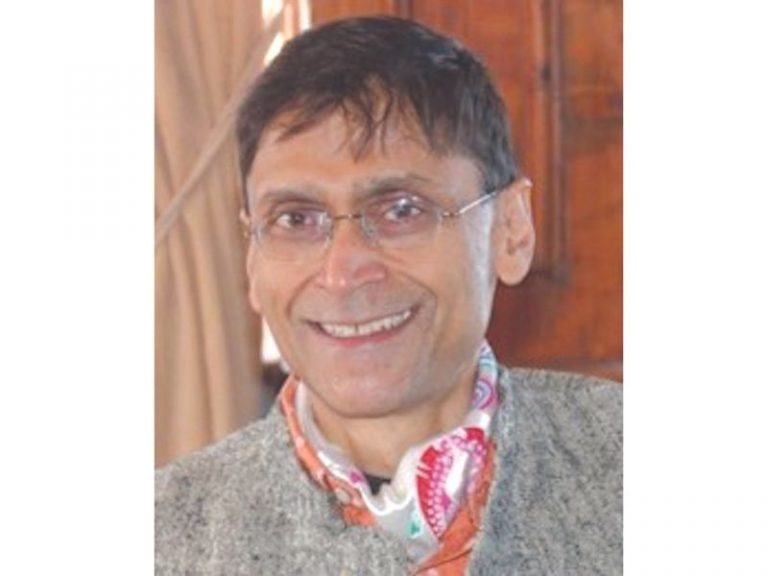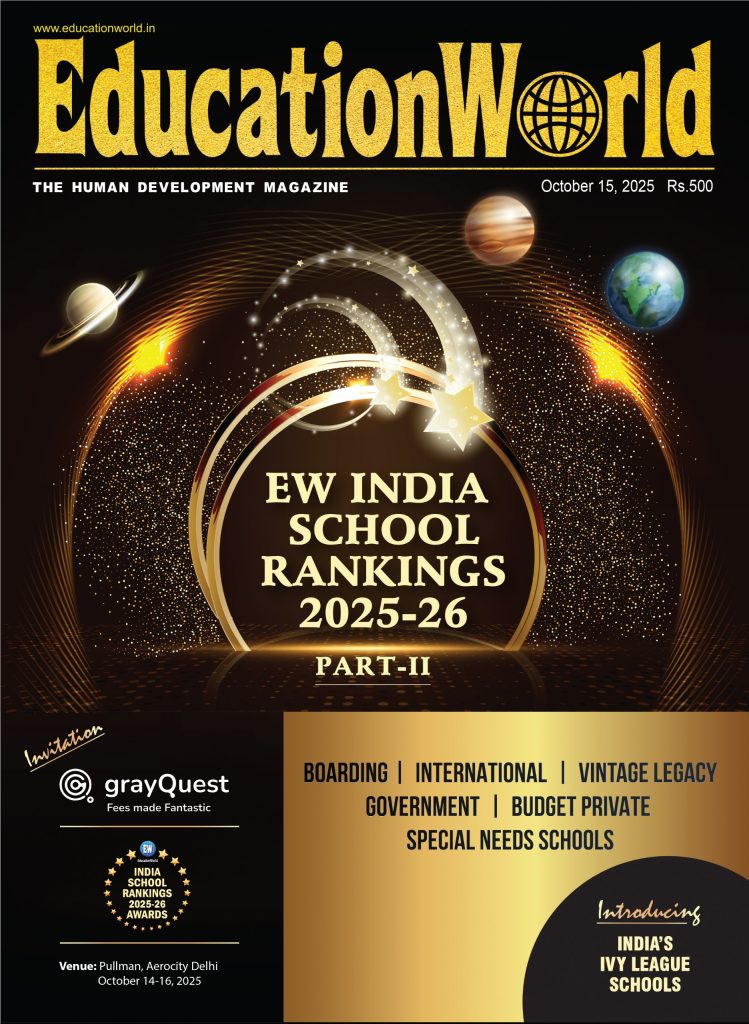Are China’s universities really better?
-Makarand Paranjape

ARE CHINESE UNIVERSITIES BETTER THAN Indian universities? If we go by hard facts, the simple answer is yes. But the simple answer is not always the correct answer. If the primary purpose of a university is to not merely disseminate information and impart skills, but nurture creative and critical thinking, the superiority of Chinese universities over their Indian counterparts is questionable.
Not that Indian universities excel in creativity and critical thinking. As a rule, they do not. But at their very best, at the apex of India’s hierarchical higher education pyramid, our top-ranked universities, and IITs and IIMs do produce critical and creative thinkers, even prodigies. Unfortunately most of the latter are exported out of India and fulfil their true potential in advanced Western countries. But that’s a topic for discussion at another time. Yet the plain truth is that the number of global CEOs awarded their first degrees in India far outnumber those from China.
That’s because Chinese higher education institutions excel in programmatic, not creative, thinking. As for criticism and dissent, their scope is severely limited in the prevalent single-party dictatorship. Big Brother watches over all university agendas, even departmental meetings. Deviance is identified and punished.
[userpro_private restrict_to_roles=
Free thinking in China may be possible in limited safe spaces, but competition and intrigue make it infrequent and risky. On the other hand, India is a criticism-surplus society. Our campuses are hotbeds of discussion, debate, dissent, even anti-government protest and propaganda. Though the latter has been restricted in recent years.
During my many visits to China and Chinese universities, I found it very difficult to persuade faculty and students to speak about their work conditions, let alone express opinions about national or global issues. Discussion on politics and socio-economic conditions in China is totally out of bounds. In general, people tend to mind their own business, sticking to their well-defined tasks and responsibilities.
Ideas have utility only if they are useful to the 100-million-strong CPC (Communist Party of China) which rules 1.4 billion Chinese with an iron fist. In that sense, China is devoid of public intellectuals, let alone gadflies that hold up a mirror to the government or CPC.
Nevertheless unlike India, China is a meritocracy, albeit authoritarian. The best and most talented are spotted early and promoted up CPC and government ladders based on performance. Competence is incentivised, incompetence penalised. In sharp contrast to India, there are no reservations and quotas based on caste, religion, region and language. Moreover entrance exams of China’s best schools are entirely merit-based with offspring of even powerful CPC members denied special treatment. Contrast this with India, where almost every seat in every government-funded institution has an attached quota tag.
For the past 20 years in particular, China has invested heavily in higher education. Therefore, investment, infrastructure, and administration of China’s universities is generally far superior to their Indian counterparts. China has doubled the number of universities as well as the university-age enrolment. According to the Unesco Institute for Statistics, the gross tertiary enrolment rate (GTER) of China is 48.44 percent cf. India’s 26.93 percent (2016).
According to QS World University Rankings (WUR), China’s tally in the world’s Top 500 universities has risen from 16 in 2012 to 26 in 2022. More remarkably, for the first time, two institutions — Peking University (#12) and Tsinghua University (#14) — have made it to the Top 15. In the Times Higher Education (THE) Rankings, China’s share in the Top 500 has increased to 24 in 2022 from 11 in 2016. India compares poorly, with only seven in the QS Top 500 in 2012, and just one more added ten years later. In the THE Top 500 of 2022, India has only five, one less than the six that made it in 2016.
Admittedly, China has done better than us when it comes to progress in higher education. But China envy is unwarranted. We cannot be like them, either as a State or society. With our mixed state and private higher education muddle, we must blunder on, finding our place in the global higher education system.
In Indian higher education, top-down dictation of policy and ideological interference in the cause of nationalism or other pious principles will prove ruinous. The forcible imposition of Hindi and regional languages as primary media of instruction is an example of an egregious error the BJP government seems to be on the brink of making. India’s floundering higher education institutions need less bureaucratic control in public universities and less commercialisation in the private sector.
Above all, our universities must strive to recognise, and reward excellence. Without that, India’s aspiration of becoming a visva guru or world teacher, will remain a pipedream or worse, a foolish delusion.
(Makarand R. Paranjape is professor of English at Jawaharlal Nehru University, New Delhi, author/editor of 50 books and a columnist)
[/userpro_private]

















Add comment